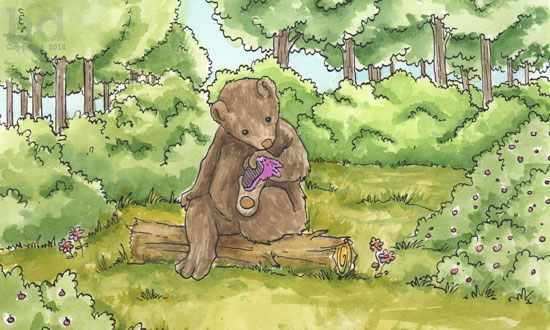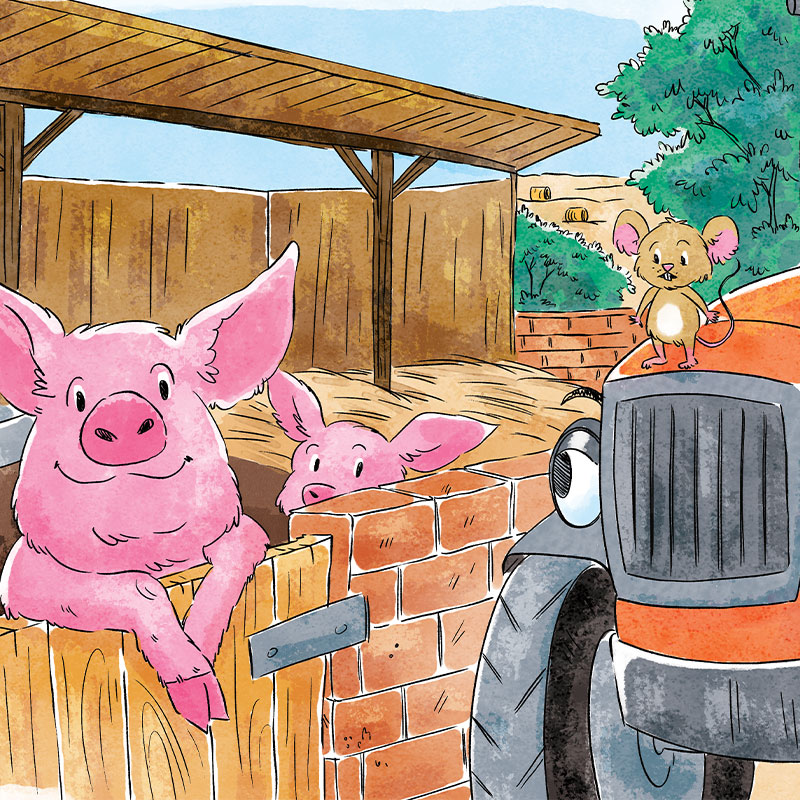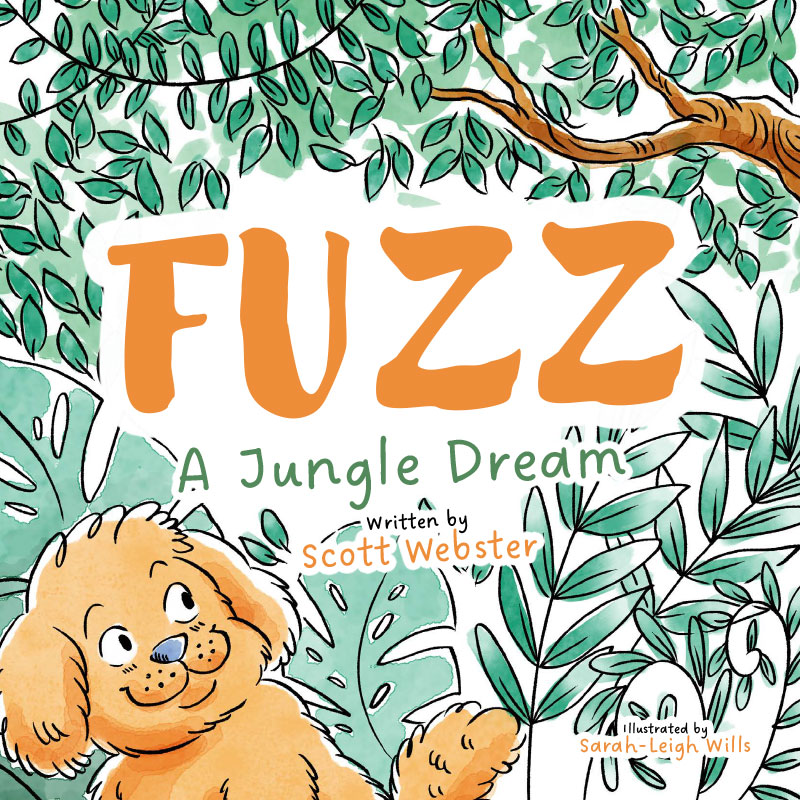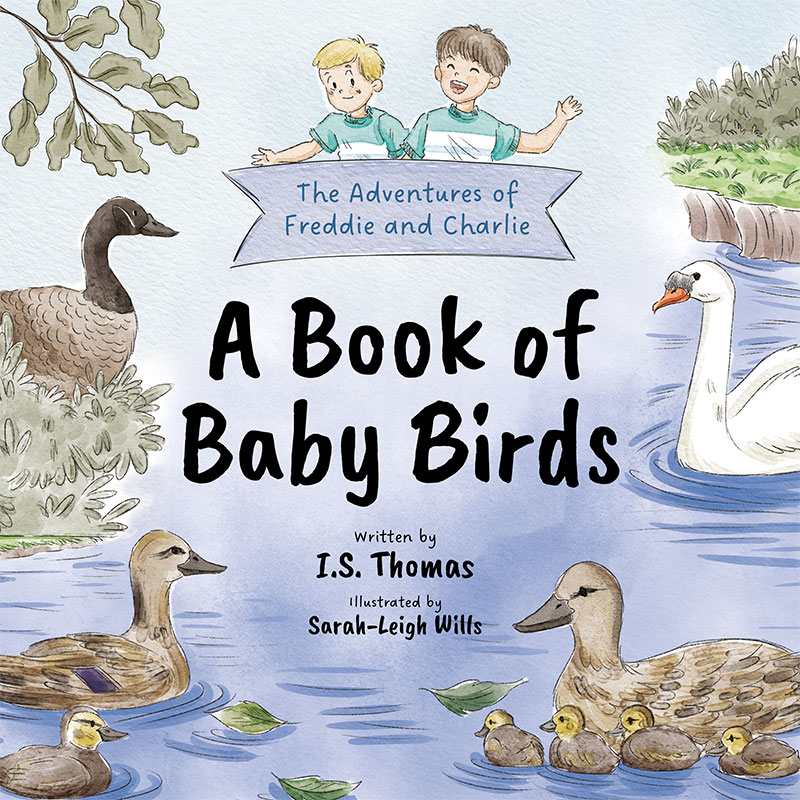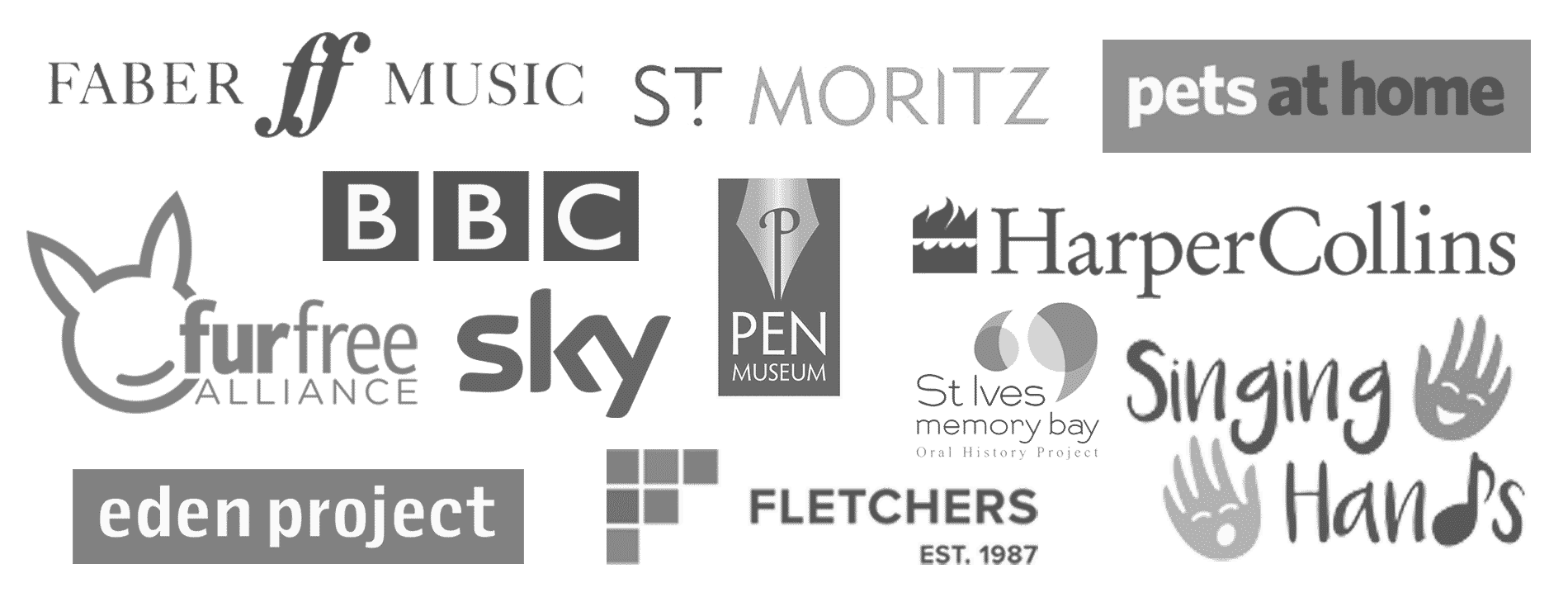When it comes to knowing which type of medium is best to use when making a picture for children’s book, there are a lot of options. Luckily, the resounding champion of mediums is watercolour for its soft yet bright colours. When working with children is important not to be overly bold with colours, as would a full colour, ink picture do. Children tend more towards watercolour illustrated books, over the full-colour ink page. The reason for this is pretty easy; full-colour ink pages are in school books and mean learning; watercolour is more inviting.
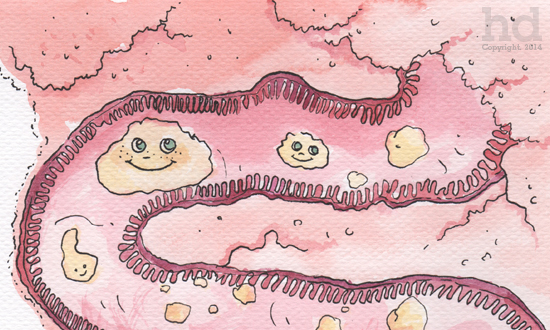
Techniques
Watercolour painting is an art that dates back thousands of years; this is the best way to convey messages and capture the moment. There are several reasons as to why water colouring is still such a valuable art. From once showing high-class education, to being about to help survey land, using these paints. The beautiful colours and hues that can be created are simply breathtaking by focusing on one of the several techniques, yet the main method that will be used is a “Wet Brush” approach.
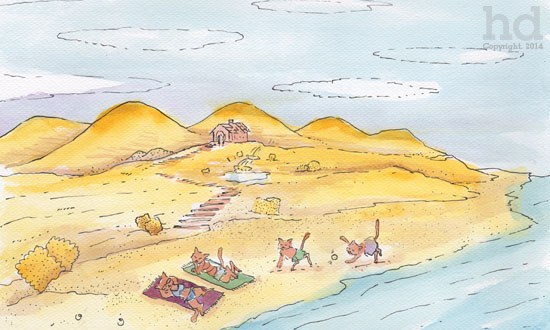
Diffusion
Simply the most common and useful methods used by illustrations for children’s books. Using whichever method is more comfortable with the artist, using diffusion will give that classic light colour known for in children’s books. There is a striking effect of lighter and darker areas that give depth and a unique dynamic to every aspect of the painting. To achieve this process; one would be using a “Wet brush” method. All that means is that you have, you a moderately charged brush with water and some pigment. Smooth brush strokes are essential!
Getting The Colours
Traditional Palette
Used the most in children’s story books, this method offers an airy, yet inviting feel to readers. Lines are vague yet the object of focus is very distinct in either coloration, size or sharpness. The basic colours are used with minimal mixing. The idea is to provide a base for readers to build off of. Knowing the colour of a character’s shirt, hair, more or less how they were depicted is essential to progressing the plot line.
Warm Or Cool
This style is starting to become more popular as more learn about how easy this method is. Using the same method as the traditional way, one uses colours that provide an atmosphere to the picture. A gloomy moment in the story could use very cool tones to give that “void” feel. Whereas if a family was going to the beach, every object would radiate warmth.
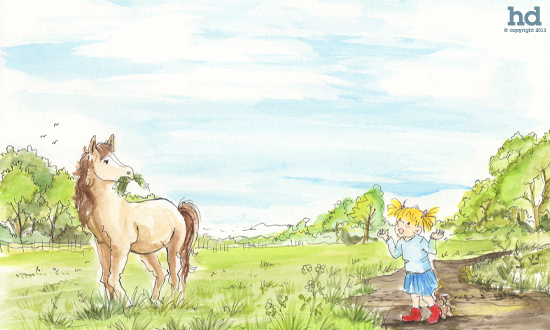
Additive/Subtractive
While certainly not classed as a technique, many pictures in a children’s book will use this method to give a richness to a picture, or give a very sparse feel. All this process implies, is using more or fewer layers of colour in the area to give depth and saturation to the paints. As one might imagine, the subtractive value comes in by adding a lighter colour will soften the saturation. Most painters will use “Chinese White” as their subtractive paint colour.
While there are hundreds of ways to paint using watercolour, when doing a children’s book, it is best to stick with a style that is known and proves its worth. Painting should be an enjoyable experience, and seeing the work of the artist only enhances the quality of the book produced. Therefore, take your time and test out different methods that will work best for you and your projects.

